The A380 is an icon of the skies and a marvel of modern engineering. The world's biggest passenger jet has become a firm favorite with one airline - Emirates - but has failed to gain traction with others. The Boeing 787, on the other hand, while arguably not as eye-catching as the A380, has found a firm place in the modern fleet of multiple airlines.
More than 50 airlines fly the highly efficient twinjet, with the largest current operator being Japan's All Nippon Airways (ANA). United Airlines, Japan Airlines, and American Airlines also fly sizeable fleets, while at the bottom of the table, airlines including Vistara, Oman Air, and Air Tahiti Nui operate just a couple. The 787's market penetration continues to grow, with around 500 units still to be delivered to customers, and new orders still arriving. The A380, on the other hand, is out of production and, despite still being a relatively young aircraft, has already begun being retired by some operators.
Does that mean the Boeing 787 is the better aircraft? Let's take a look.
Variants of the A380 and 787
European manufacturer Airbus has only produced one variant of its quadjet double-decker A380 'superjumbo' aircraft. This is known as the A380-800. At one time, it had also proposed an A380 plus design. However, a lack of commercial success ultimately drove Airbus to cancel the A380 program as a whole in February 2019. This came just 12 years after Singapore Airlines launched the type commercially.
Meanwhile, American manufacturer Boeing has produced three variants of its twinjet 787 'Dreamliner.' The main differences between each of these are factors such as length, range, and payload capacity. As such, we will compare the largest Dreamliner, the 787-10, with the Airbus A380.
Our focus will be on quantifiable statistics that one can easily compare across the two aircraft. While aspects such as the bigger windows on the 787 are excellent for passengers, passenger comfort, while important, is not something that is so easily quantifiable.
Discover more of the latest aviation news with Simple Flying.
Comparing the specifications
The specifications for the Airbus A380-800 and the Boeing 787-10 across various crucial parameters are as follows:
|
Airbus A380-800 |
VS |
Boeing 787-10 |
||
|---|---|---|---|---|
|
73.00 m |
239 ft 6 in |
Length |
68.27 m |
224 ft |
|
79.80 m |
261 ft 10 in |
Wingspan |
60.17 m |
197 ft 5 in |
|
845.00 m2 |
9,096 ft2 |
Wing area |
347.00 m2 |
3,735 ft2 |
|
24.10 m |
79 ft 1 in |
Height |
17.00 m |
55 ft 9 in |
|
4 |
Engines |
2 |
||
|
334 kN |
75,152 lbf |
Thrust per engine |
338 kN |
76,000 lbf |
|
1,336 kN |
300,608 lbf |
Total thrust |
676 kN |
152,000 lbf |
|
548,000 kgs |
1,208,000 lbs |
Maximum takeoff weight |
252,651 kgs |
557,000 lbs |
|
15,200 km |
8,200 NM |
Range |
11,730 km |
6,330 NM |
|
Mach 0.85 / 903km/h / 560mph |
Cruise speed |
Mach 0.85 / 903km/h / 560mph |
||
|
525 passengers |
Capacity (three-class) |
323 passengers |
||
*Information sourced from Aviator Joe.
We will now examine some of these aspects in greater detail.
Passenger count
In terms of capacity, it is abundantly clear that the A380 can carry significantly more passengers than any 787 variant. With 525 passengers in a standard, three-class configuration, the A380 has a sizeable advantage over the Boeing 787-10, which seats 323 passengers across three classes. A proposed all-economy version of the A380 could even carry as many as 800 or more passengers.
It is also worth considering the fact that airlines can do more with the A380's extra space than just increase its seating capacity. Many operators choose to equip their superjumbos with additional luxurious aspects, such as first-class cabins, bar areas, and even showers.
Range
One might have thought that the size of the A380 would harm its operational range. However, we can see that, in fact, it exceeds the 787-10 in this area by around 2,000km/1,100 NM. For comparison's sake, the other 787 variants boast the following operational ranges:
- 787-8: 14,530km / 7,850 NM
- 787-9: 15,400km / 8,300 NM
We can see that the smaller variants of the 787 have a better range than the larger 787-10. In fact, the mid-sized 787-9 even outranks the A380. However, in terms of the comparison to the larger 787-10, the A380 appears, on paper, to be the more flexible aircraft on account of its longer range. However, at the same time, the A380's size also means that it is less flexible in the sense of being able to serve fewer airports.
Fuel
The A380 has one of the best 'fuel-burn-per-seat' ratios in the sky today. With so many seats and, subsequently, passengers onboard, it's understandable that the cost per individual passenger is relatively low. But to get that low per-seat fuel burn, all the seats need to be filled. That, in itself, is a challenge.
The four wing-mounted engines and the aircraft's sheer weight still make the aircraft among the thirstiest in terms of fuel consumption. Some airlines have decided to phase out the aircraft in favor of the Dreamliner. This trend is likely to continue as rising fuel prices and the subsequent necessity for more efficient aircraft dictate the future of the aviation industry.
So which aircraft is the best?
The 787 was the first next-generation widebody twinjet, and the A380 remains the world's only fully double-decker passenger airliner to date. As such, both aircraft are trailblazers in their own right.
However, Airbus designed the A380 for long-range, high-capacity hub-to-hub flights. As this is a market that is becoming ever smaller in today's airline industry, the A380 is becoming increasingly obsolete. While we have a seen a revival of type since 2020, it will never reach it's pre-pandemic highs again.
Meanwhile, Boeing designed the 787 series for more bespoke and direct routes away from hubs. Crucially, however, it also built the Dreamliner with modern, environmental factors such as fuel efficiency in mind. This shows when comparing final numbers between the two aircraft.
Ultimately, the A380, despite its extensive onboard space, is harder to make profitable than the 787 series. As such, this is one of the major reasons why airlines are looking to retire the type with increasing haste despite its short service life.

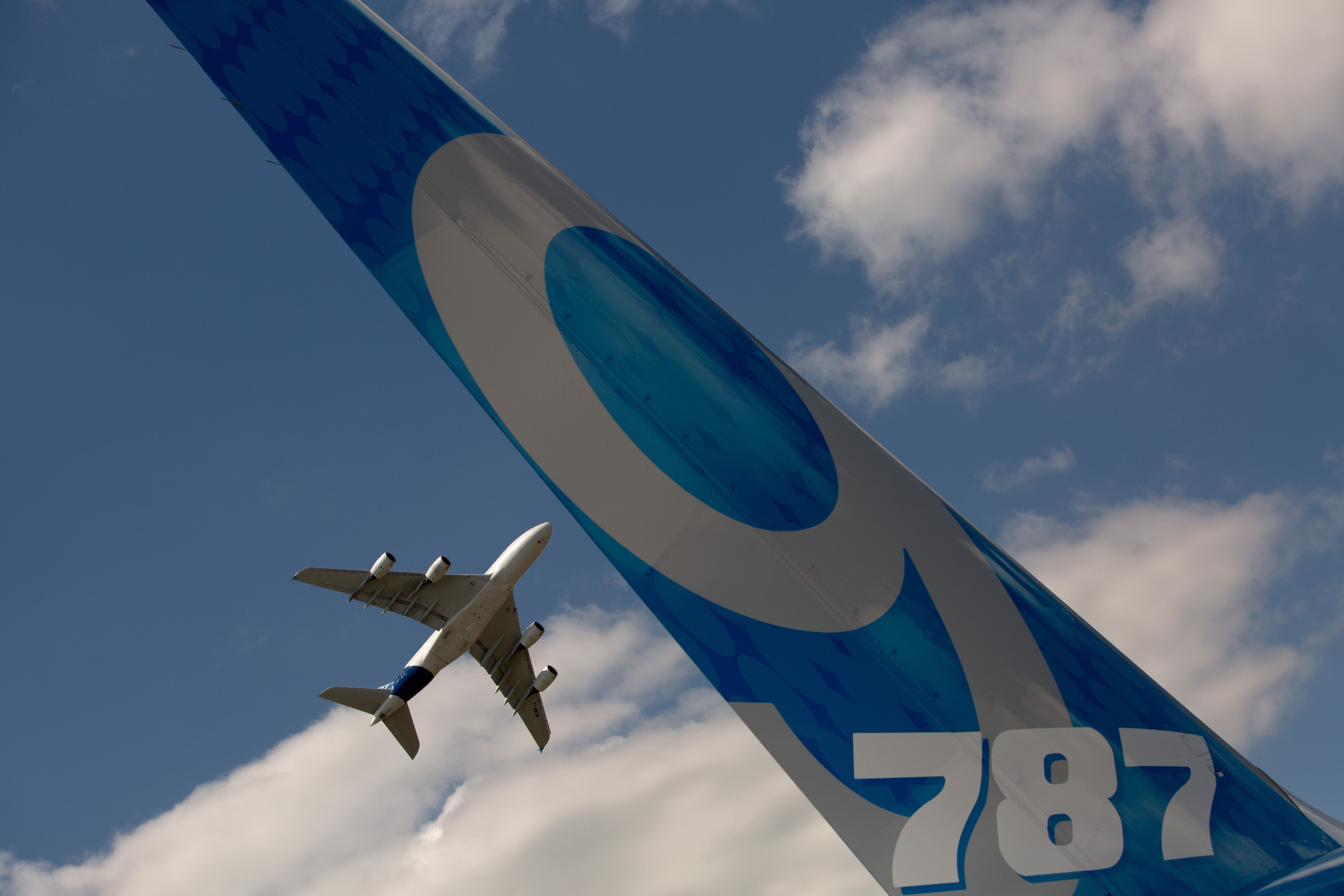


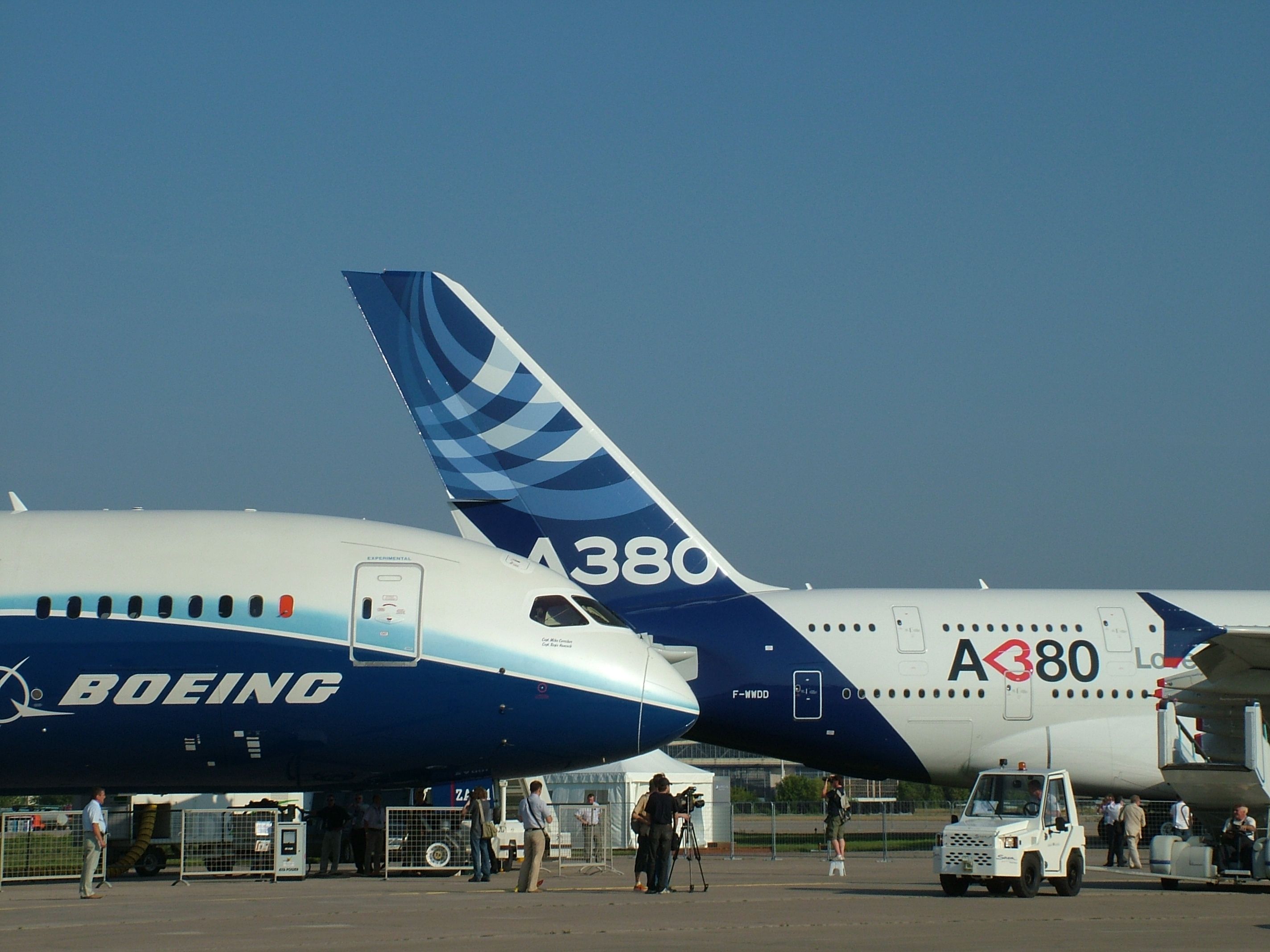
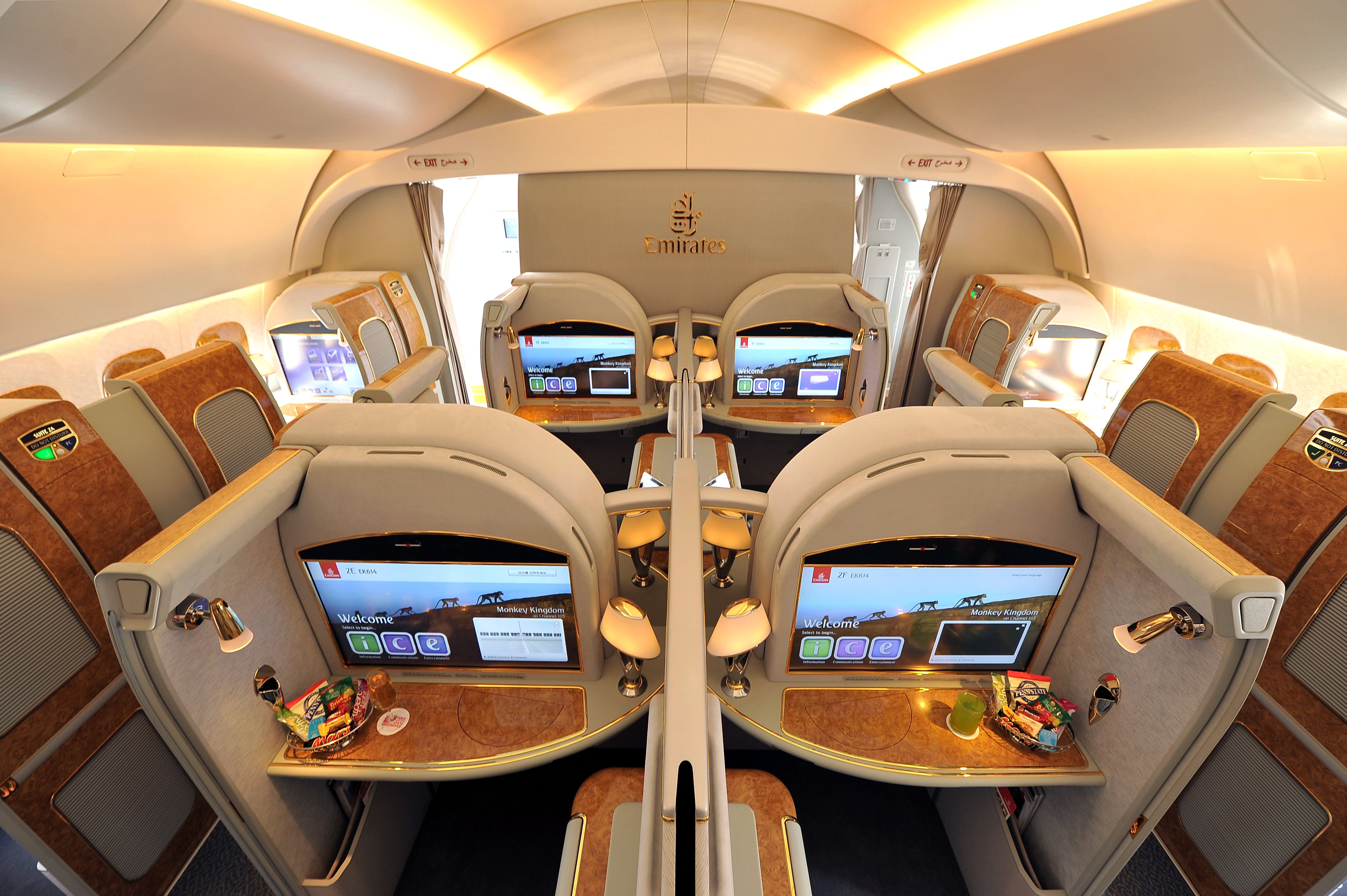
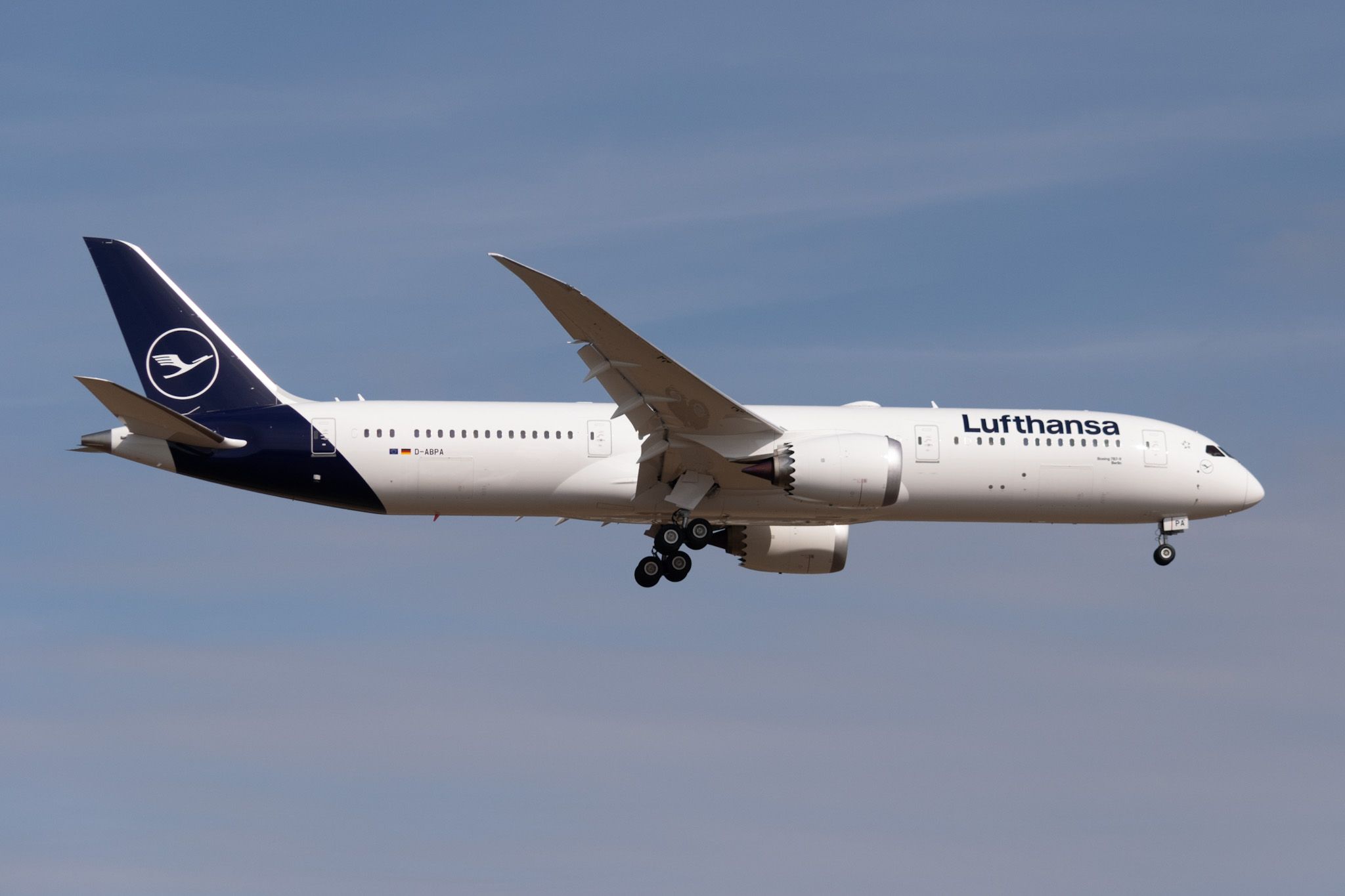
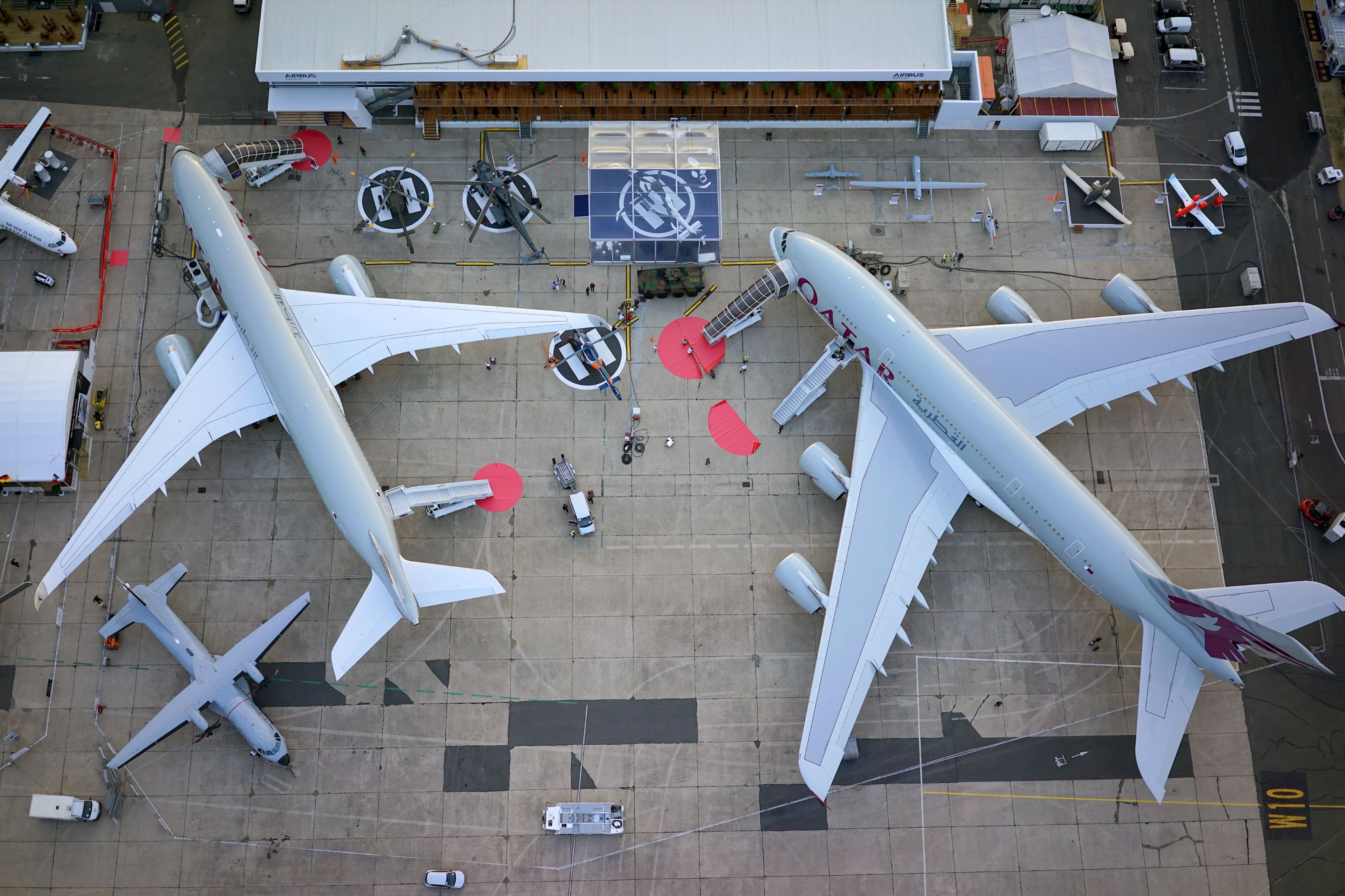
-Boeing-787-9-Dreamliner-VH-ZND.jpg)